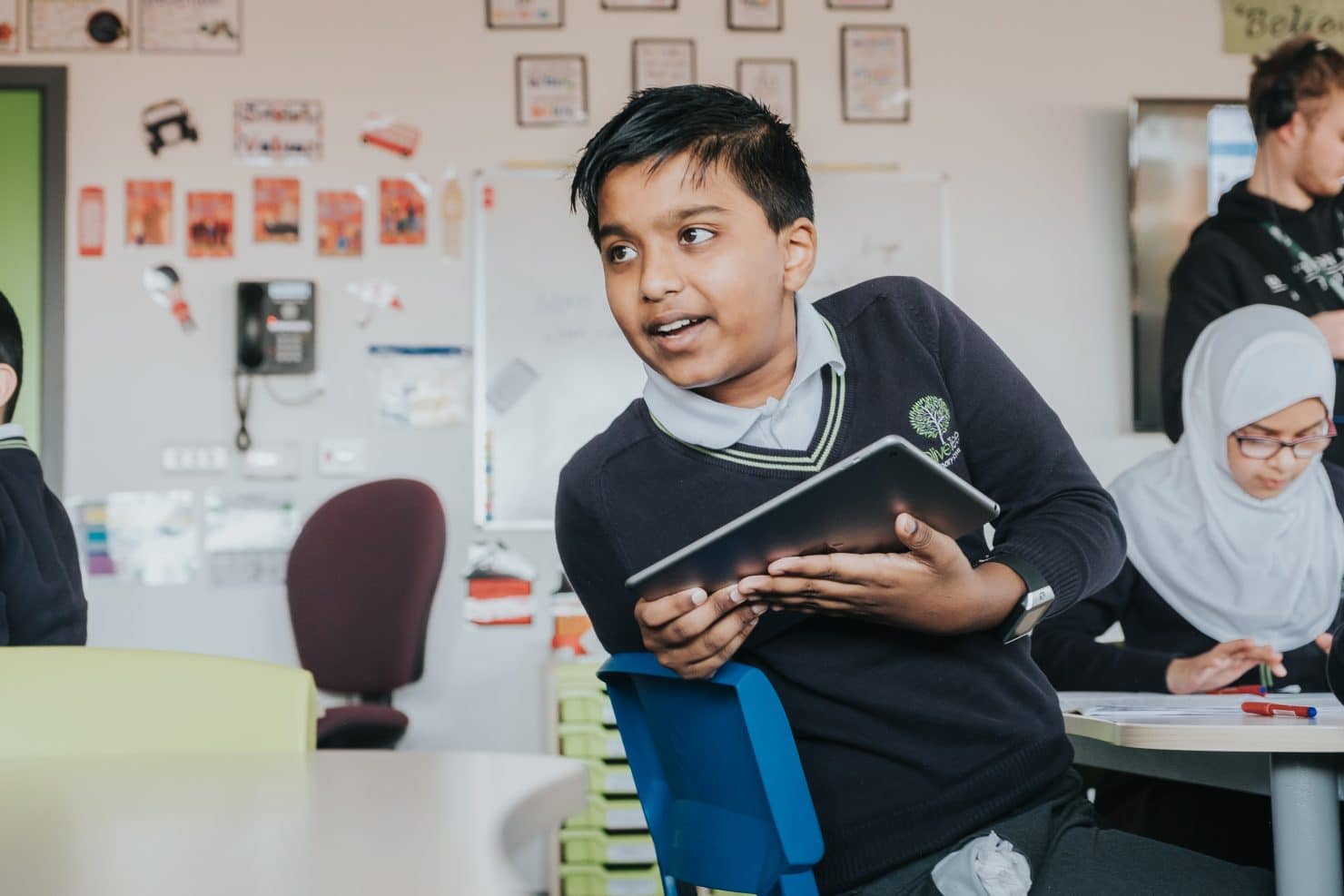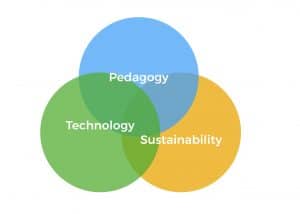
EdTech: Three Steps to Success
During the international EdTech show, BETT, I had the privilege of speed dating with a dozen senior leaders from various multi academy trusts. We didn’t call it speed dating of course, they were ‘Hosted Leaders’ in a sponsored scheme to bring leaders together with vendors they were interested to meet. Each session was strictly timed at 15 minutes. This should have enforced me to employ one of my favourite Mantras, ‘Remember, you have two ears and one mouth…’ I’ve always found that impossible but I did try! What I did do though, which I found most useful, was to re-visit the themes I believe are most important when contemplating and planning the introduction of new technology into any learning environment.
Three Steps to Edtech Success
Several years ago I was introduced to the TPACK framework devised by Punya Mishra and Matthew J. Koehler’s. A superb and simple way to consider the relationship between Technology and Pedagogy, how technology can support teaching & learning by providing better access to relevant and engaging content, and the importance of the teacher having a good understanding / knowledge (the K in TPACK) of each: Technology, Pedagogy & Content Knowledge.
I like the TPACK framework but as a technology provider, as important as it is to impart knowledge, I first need a framework which helps me communicate and collaborate with leadership to ensure technology is deployed with a clear vision to improve outcomes and in a sustainable way that means it will have lasting and growing impact as it is fully adopted. My apologies to Mishra and Koehler, I hope you don’t mind but I ‘borrowed’ your framework and I’ve adapted it. In my VEN diagram we drop ‘Knowledge’ and absorb Content into Technology leaving space for the third theme of Sustainability.
So, in each of my discussions we explored these themes:
EdTech: Step 1. Pedagogy
How can the practice of teaching & learning be improved throughout the organisation, for learners and also for teachers? What outcomes are we focused on – attainment, behaviour, assessment, teacher workload? Teachers do not need to be told they are doing it wrong – they are not! We simply need to introduce the right tools at the right time and in the right context.
EdTech: Step 2. Technology
We are an Apple Solution Expert for Education, it should be no surprise that my preferred end point device is iPad and Mac. I firmly believe Apple continue to produce the best technology; intuitive, easy to use, reliable and robust, providing access to the widest range of creative software tools. Contrary to popular belief Apple do not lock you into the world of Apple. Most institutions I work with rely heavily on Google or Microsoft for their everyday productivity and workflow tools – working in combination with Apple’s educational eco-system. Using tools like Jamf School and Apple Classroom we can create personalised tool kits for every teacher & learner.
EdTech: Step 3. Sustainability
Partly about affordability; funding streams, efficient financing, parental contribution and longer term planning; cost of ownership, product lifecycle and recycling – But also sustainability in terms of impact, breadth and depth of impact, positive and negative on teachers and learners. Building a technology programme that is affordable, sustainable and where impact can be (and is) measured is vital to success.
This was my first attempt at speed dating (sorry Andrea – you know what I mean!). Some conversations moved faster than others and I’m conscious there were several where I barely left a gap for my ears to get working at all!… but I am convinced, by introducing these three themes, every discussion was meaningful and many are now ongoing.
We hope you have more of a grasp on EdTech success after reading this.
